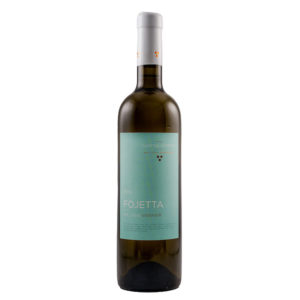Lazio
Lazio is a region in central Italy, and home to the ancient capital, eternal city of Rome.
The region is one of the most important centres of ancient winemaking with a long history of viticulture.
Located between Tuscany to the north, Campania on the south, Abruzzo and Umbria to the est, and the Tyrrhenian Sea to the west, where the cool sea breezes temper the drier, warmer temperatures on the coast, while the mountainous area is subject to various macro climates despite being protected by the Apennines from the cold winds coming from the northeast.
The Lazio wine region’s reputation is mainly based on its white wines, thanks to the fertile and porous land, the nourishment for the grapes is provided by lava soils, rich in potassium. This type of soil is particularly suited to white grapes as it ensures a good balance of acidity.
The mainstay grape varieties being Trebbiano, Viognier, Malvasia di Candia and Malvasia Puntinata.
Those wines are light, crispy, and dry, characterized by their sharpness, high acidity that makes them an ideal accompaniment to the local cuisine. They cut through the heaviness of these dishes, such as porchetta (pork roasted with herbs). However they are still designed for drinking young.
Although its red wines are not as high profile, they are beginning to make a name for themselves. This is especially so for those made from Sangiovese, Cesanese, Montepulciano, Merlot and Syrah. Also of note are Canaiolo and Ciliegiolo; in total, there are more than 200 grape varieties in the area.
Like many Italian wine regions, Lazio’s vine heritage is ancient. Its first inhabitants were the Etruscans, though it was the Latins who gave the area its original name Latium. The Romans brought the region into another era by improving trade and agriculture, although after the collapse of the Roman Empire the land was neglected. Only in the 1870s, when Rome became the capital of Italy, did this wine region flourish once again.
